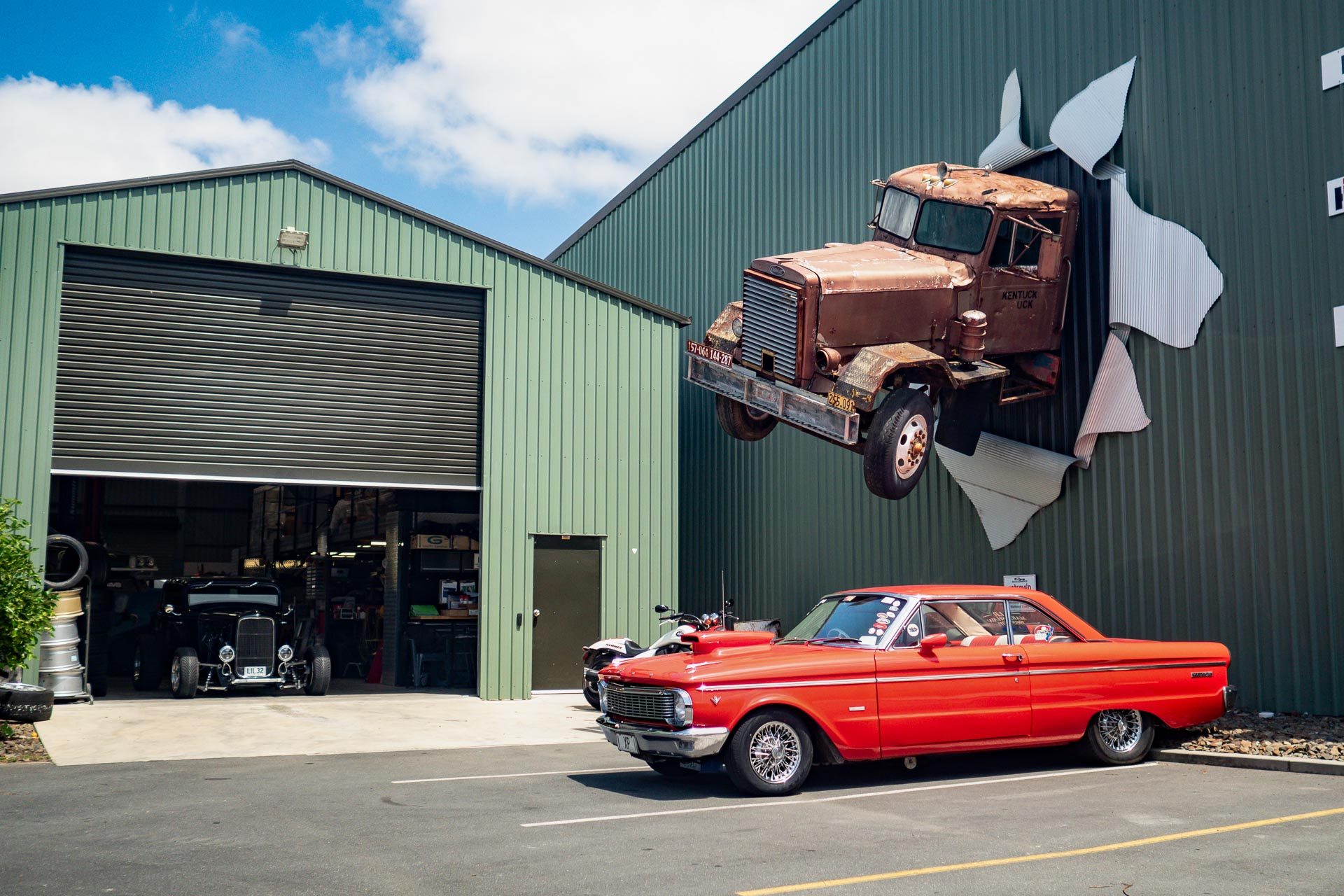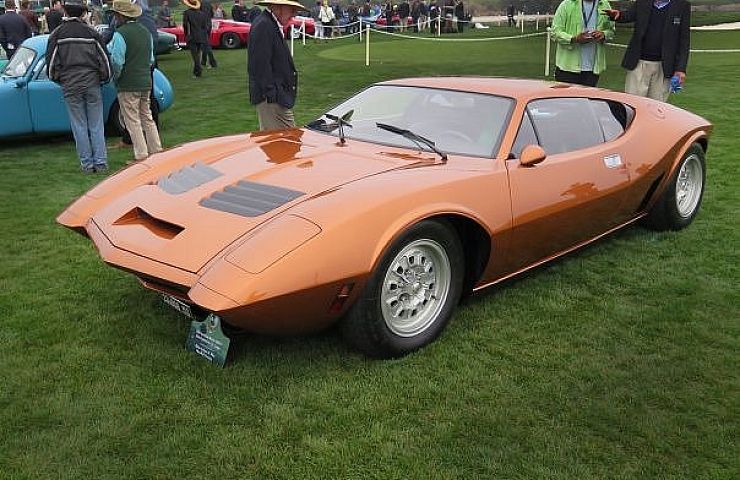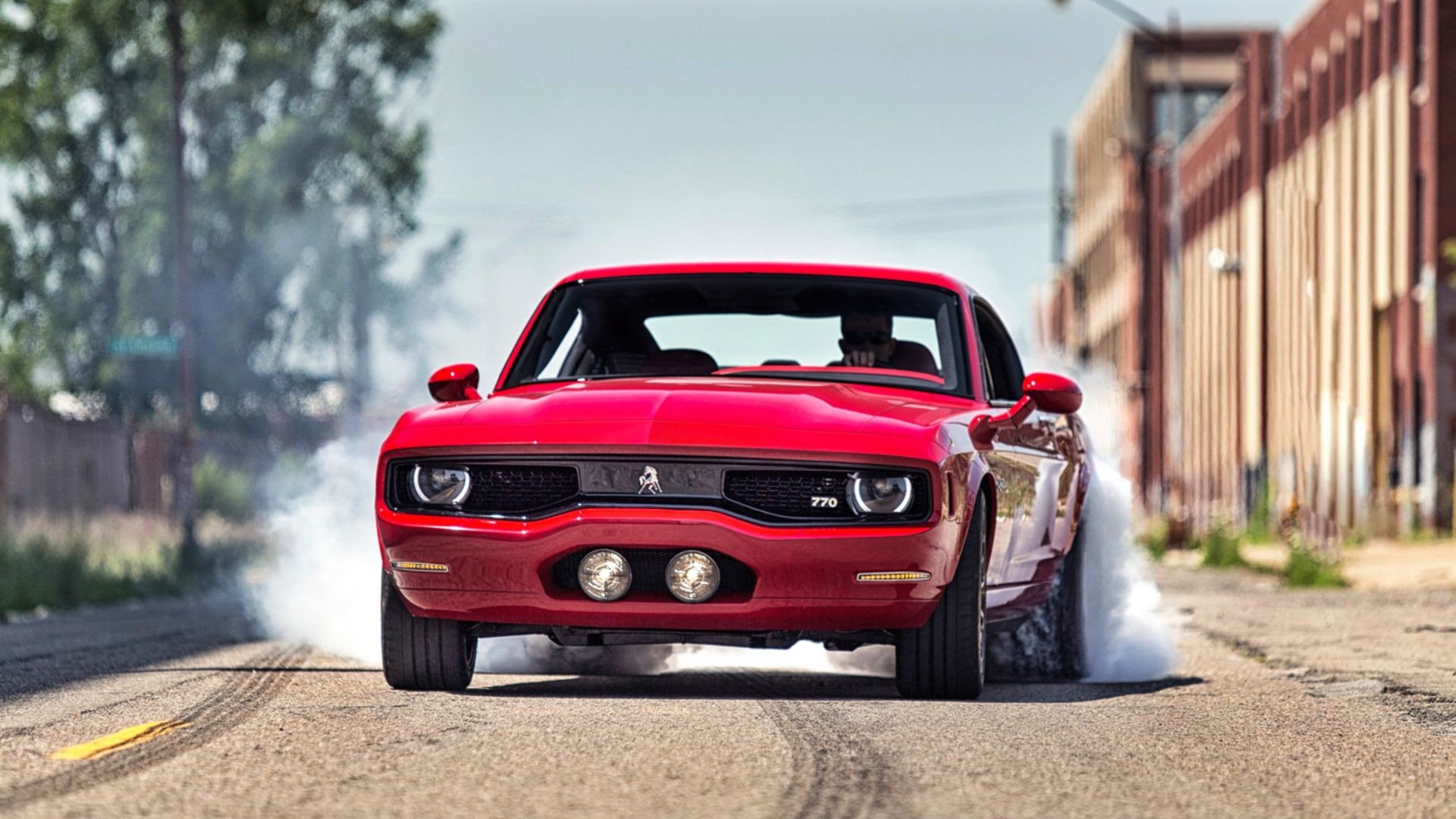classic muscle cars When it comes to automotive legends, few categories evoke as much passion and nostalgia as classic muscle cars. These powerful vehicles, with their robust engines and aggressive styling, epitomize an era of American ingenuity and spirit. From the mid-1960s to the early 1970s, muscle cars ruled the streets, capturing the hearts of car enthusiasts and everyday drivers alike. Their allure lies not just in their raw power but also in the stories they tell—stories of rebellion, freedom, and a love for the open road. Buckle up as we journey through the history of these remarkable machines and explore what makes them truly iconic.

The Birth of Muscle Cars
Post-War America
The genesis of classic muscle cars can be traced back to the post-World War II era in America. After the war, there was an economic boom that led to a surge in automobile production. Manufacturers sought to capture the growing youth market, and performance became a significant selling point. Young drivers wanted cars that could not only get them from point A to point B but also provide an exhilarating driving experience.
The 1960s Revolution
The 1960s marked the dawn of the muscle car era. During this time, automakers began to experiment with larger engines and lighter bodies, leading to the creation of high-performance vehicles that were affordable for the average consumer. The Pontiac GTO, introduced in 1964, is often credited as the first true muscle car. It combined a powerful V8 engine with a lightweight chassis, setting the standard for what a muscle car should be.
The Formula for Muscle
The formula for a classic muscle car was straightforward yet effective: a powerful engine, rear-wheel drive, and a relatively light body. This combination resulted in impressive acceleration and high speeds, making these vehicles perfect for street racing. The Chevrolet Camaro, Ford Mustang, and Dodge Charger quickly followed the GTO, each offering their unique flair while embodying the muscle car ethos.
Iconic Models That Defined the Era
Pontiac GTO
As mentioned earlier, the Pontiac GTO is often hailed as the original muscle car. Its 1964 model featured a 389 cubic inch V8 engine that produced a staggering 325 horsepower. With its aggressive stance and distinctive styling, the GTO quickly captured the attention of car enthusiasts. The model became a symbol of the muscle car movement, inspiring many others to follow suit.
Ford Mustang
Unveiled in 1964, the Ford Mustang created an automotive revolution. It was marketed as a “pony car,” a term that referred to its sporty design and youthful appeal. The Mustang offered various engine options, including the potent 289 cubic inch V8. Its sleek lines and customizable features made it a favorite among drivers, solidifying its place in automotive history.
Chevrolet Camaro
In response to the Mustang’s success, Chevrolet launched the Camaro in 1966. With its aggressive styling and powerful engine choices, including the legendary 396 cubic inch V8, the Camaro quickly gained popularity. It became known for its performance on the track and its appeal to younger drivers seeking adventure. The rivalry between the Camaro and the Mustang remains one of the most enduring narratives in the automotive world.
Dodge Charger
The Dodge Charger, first introduced in 1966, is another iconic member of the classic muscle cars club. Its combination of bold styling and high-performance engines made it an instant classic. The Charger, particularly the 1969 model, is remembered for its imposing presence on the road and its impressive speed. With options like the powerful 440 cubic inch V8 and the legendary HEMI engine, the Charger embodied the spirit of muscle car culture.
Plymouth Barracuda
Though often overshadowed by its competitors, the Plymouth Barracuda holds a special place in muscle car history. Launched in 1964, the Barracuda was one of the first pony cars to hit the market. Its unique fastback design and powerful engine options, including the 426 cubic inch HEMI, made it a fierce contender. The Barracuda may not have achieved the same level of fame as the Mustang or Camaro, but it remains a beloved classic among enthusiasts.
The Golden Age of Muscle Cars
The Performance Wars
As the 1960s progressed, the competition among automakers intensified, leading to the “performance wars.” Manufacturers raced to produce cars that could outperform one another, resulting in increasingly powerful engines and innovative technologies. This era saw the introduction of iconic models like the Chevrolet Chevelle SS, the Mercury Cougar, and the Oldsmobile 442, each vying for supremacy in the muscle car arena.
The Rise of Factory Racing
The growing popularity of muscle cars coincided with the rise of factory racing programs. Automakers recognized the potential for marketing their vehicles through motorsport, leading to the development of performance-oriented models designed for the racetrack. The Pontiac Firebird and the Ford Mustang Boss 302 were created with racing in mind, showcasing the pinnacle of muscle car engineering.
Cultural Impact
Muscle cars were not just machines; they became cultural icons. They featured prominently in films and television shows, showcasing their power and allure. Movies like “Bullitt” and “Gone in 60 Seconds” highlighted the excitement of high-speed chases and the freedom of the open road. This cultural connection further solidified the status of classic muscle cars as symbols of rebellion and individuality.
The Decline of Muscle Cars
The Fuel Crisis
The golden age of muscle cars began to wane in the early 1970s. The fuel crisis of 1973 dramatically affected the automotive industry, leading to skyrocketing gas prices and a shift in consumer preferences. As drivers sought more fuel-efficient vehicles, automakers were forced to respond by downsizing engines and altering designs. The high-performance muscle cars that had defined the previous decade began to fade from the market.
Changing Regulations
In addition to the fuel crisis, tightening emissions regulations posed further challenges for muscle car manufacturers. Stricter standards required automakers to develop cleaner, less powerful engines, diminishing the raw performance that had made these cars so popular. The once-thriving muscle car segment faced a significant decline as consumers gravitated towards smaller, more efficient vehicles.
The Resurgence of Muscle Cars
Nostalgia and Restoration
Though the classic muscle car era faced decline, the passion for these vehicles never truly vanished. Enthusiasts began restoring and preserving these iconic models, fostering a renewed interest in the muscle car culture. Car shows, clubs, and online communities sprang up, providing a platform for fans to share their love for these automotive masterpieces.
Modern Interpretations
In the 21st century, automakers recognized the enduring appeal of classic muscle cars and began reviving the spirit of the genre. Models like the Ford Mustang, Chevrolet Camaro, and Dodge Challenger returned to the market with modern technology while paying homage to their predecessors. These new iterations combine the classic design elements with contemporary performance features, capturing the hearts of both new and seasoned enthusiasts.
Electric Muscle Cars
As the automotive landscape evolves, so too does the definition of muscle cars. With the rise of electric vehicles, manufacturers are exploring new ways to deliver power and performance. Companies like Tesla and Ford are venturing into electric muscle cars, showcasing that the spirit of muscle can transcend traditional boundaries. The upcoming Ford Mustang Mach-E is a testament to this new wave, offering a thrilling electric driving experience while honoring the iconic Mustang lineage.
What Makes Classic Muscle Cars Special
Design and Aesthetics
One of the defining features of classic muscle cars is their striking design. With bold lines, aggressive stances, and eye-catching colors, these vehicles embody the essence of American automotive culture. From the iconic split grille of the Chevrolet Corvette to the sweeping curves of the Dodge Challenger, each model tells a story through its design.
Engine Performance
At the heart of every muscle car lies its engine. The raw power and distinctive rumble of a V8 engine are instantly recognizable, and enthusiasts revel in the visceral experience of driving these machines. Whether it’s the throaty growl of a Pontiac GTO or the high-revving exhilaration of a Chevrolet Camaro, the sound of a muscle car is music to the ears of car lovers everywhere.
Community and Culture
The world of classic muscle cars is more than just a collection of vehicles; it’s a vibrant community. Car shows, meets, and online forums bring enthusiasts together to share their passion and knowledge. The camaraderie among muscle car lovers fosters a sense of belonging and shared experiences that transcends generations. Whether discussing restoration techniques or sharing stories of road trips, the bond formed within this community is truly special.
classic muscle cars
Classic muscle cars are more than just machines; they are symbols of a bygone era filled with power, freedom, and excitement. From their humble beginnings in the 1960s to their modern-day resurgence, these vehicles have left an indelible mark on automotive history. Their design, performance, and cultural significance continue to captivate car enthusiasts around the world.
As we celebrate the legacy of muscle cars, it is essential to remember the stories they tell—the stories of rebellion, adventure, and the relentless pursuit of speed. Whether you’re behind the wheel of a vintage Pontiac GTO or admiring the sleek lines of a modern Camaro, the spirit of classic muscle cars lives on, inviting new generations to experience the thrill of the open road. So, let’s embrace the roar of the engines, the rush of acceleration, and the nostalgia of a true American icon.





More Stories
Muscle Car Collecting Tips for the Ultimate Car Hoard
Rare Muscle Cars Unveiling Hidden Automotive Treasures
Muscle Car Upgrades Transform Your Ride for the Better